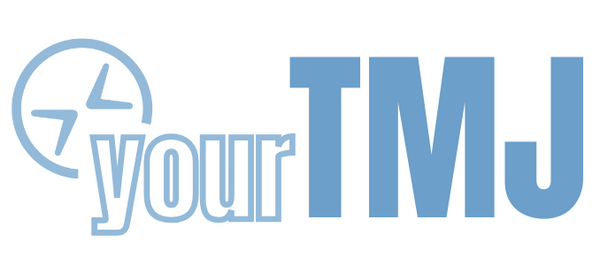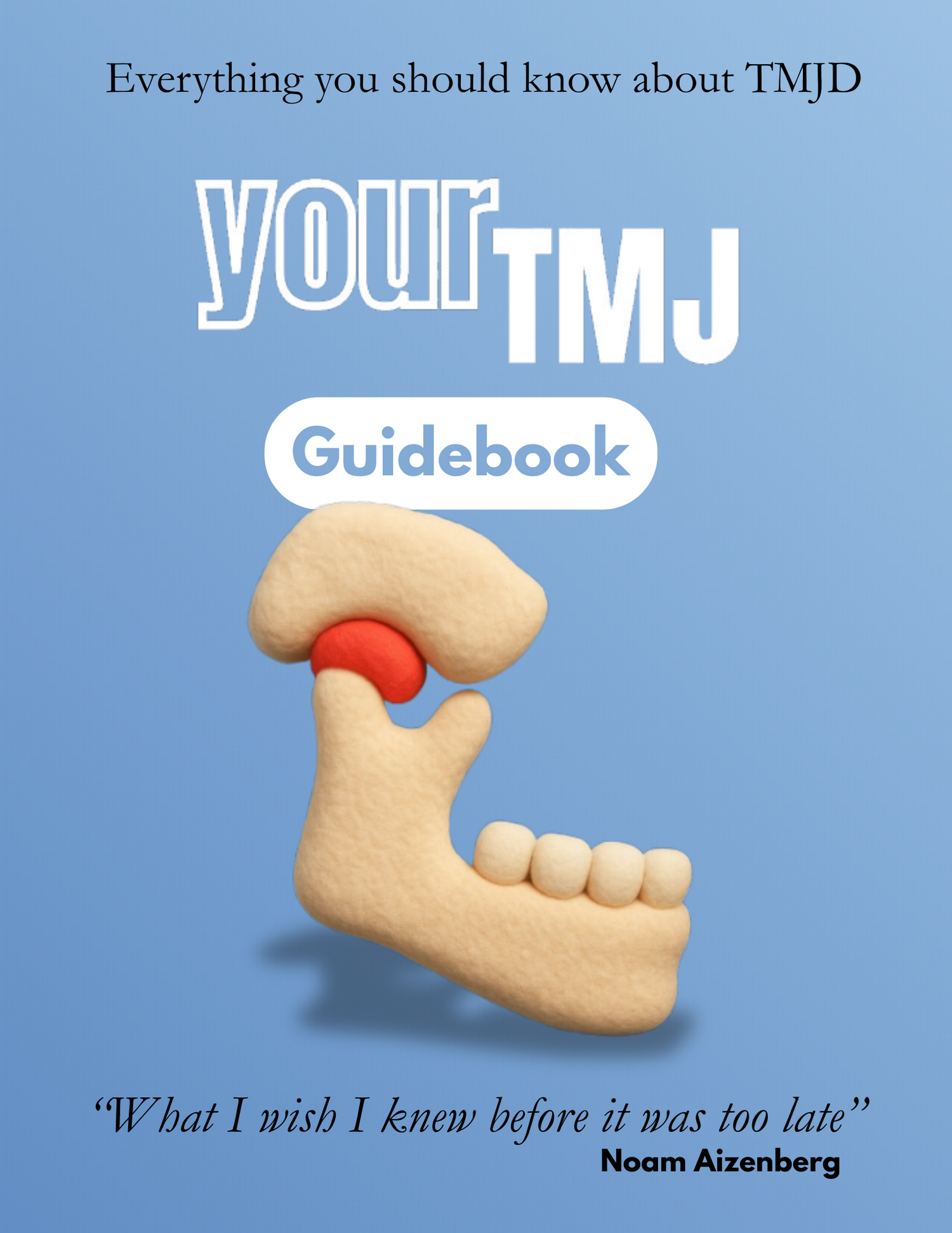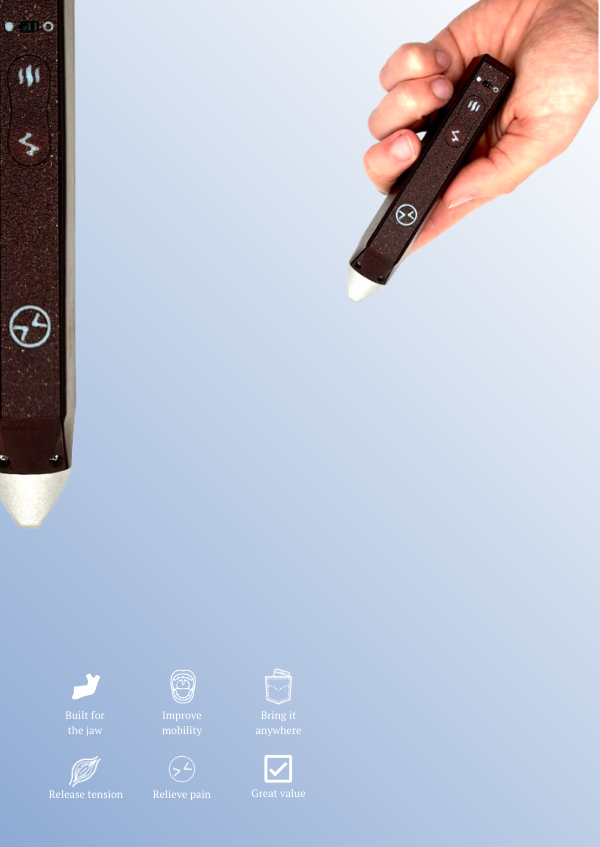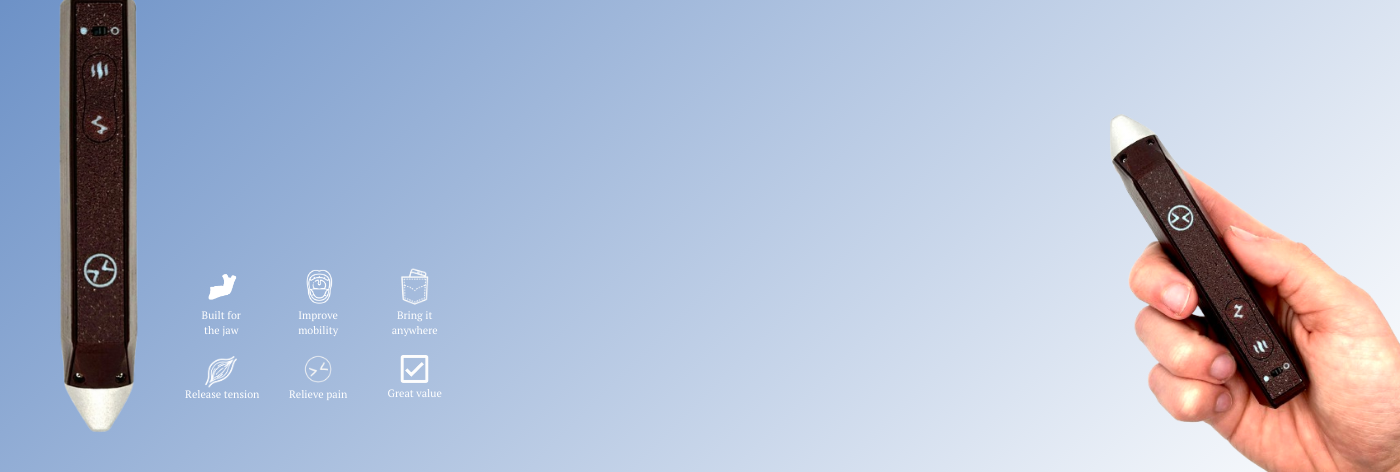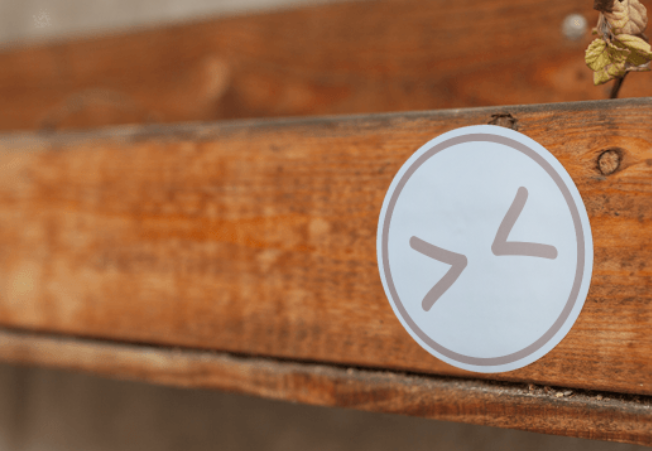What Does TMJ Stand For?
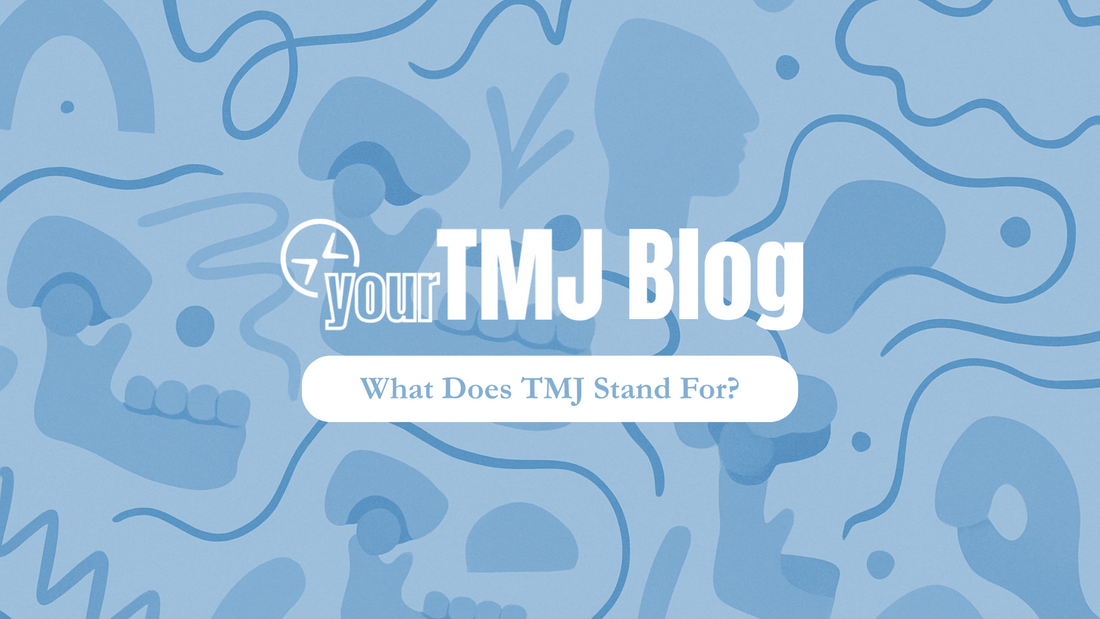
What Does TMJ Stand For? (And Why It’s More Complicated Than You Think)
You’ve probably heard someone say they “have TMJ.” But that phrase is kind of like saying “I have knee.” So what exactly does TMJ stand for, and what does it really mean when people use that term?
In this article, we’ll clarify what TMJ actually stands for, what it refers to anatomically, and how it relates to the condition so many people suffer from. And because this topic is only the tip of the iceberg when it comes to understanding jaw pain, you’ll find a free 76-page guidebook at the end of this article that explains everything you need to know about TMJ disorder, its causes, and how to treat it effectively at home.
TMJ = Temporomandibular Joint
Let’s start with the basics. TMJ stands for Temporomandibular Joint. It’s the joint that connects your lower jaw (mandible) to the temporal bone of your skull—located just in front of each ear.
This joint is unique. Unlike a knee or elbow, which are single joints, the TMJ is actually a pair of joints that must work in perfect sync. It doesn’t just open and close—it also slides forward, backward, and side to side. That makes it one of the most complex joints in your entire body.
So technically, everyone has TMJ. What most people are referring to when they say they “have TMJ” is actually a dysfunction or disorder of the joint. Although if we're being real, it doesn't matter what you call it because everyone knows TMJ = TMJ Disorder.
TMJ vs. TMD: What's the Difference?
-
TMJ = the joint itself (anatomical structure)
-
TMD = Temporomandibular Disorder or Dysfunction (the actual condition)
TMD is the umbrella term used to describe any issue involving the joint, the disc, the muscles around the jaw, or even the nerves connected to the region. This can include things like:
-
Jaw clicking or popping
-
Locking of the jaw
-
Pain in the joint or surrounding muscles
-
Headaches
-
Earaches or tinnitus
-
Limited range of motion
So while "TMJ" is the common slang term, the more accurate phrase for the condition is TMD.
Want the Full Breakdown?
If you want to actually understand what’s happening with your jaw, what’s causing your pain, whether it’s joint or muscle related, and how to start fixing it, then you need more than a blog post. That’s why I put together a free 76-page guidebook that covers all of this in detail: anatomy, root causes, red flags, and step-by-step exercises to get started on today.
Grab it below and take the first step to taking control of your TMJ (or TMD, to be precise).
